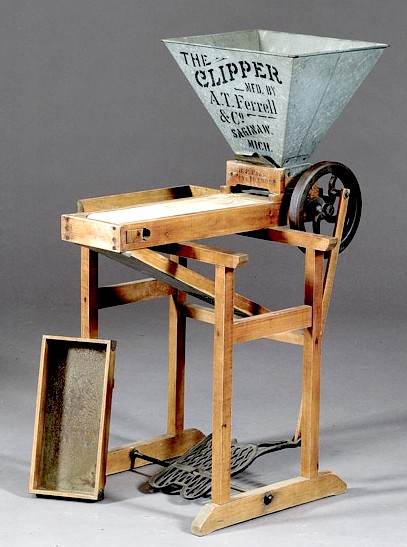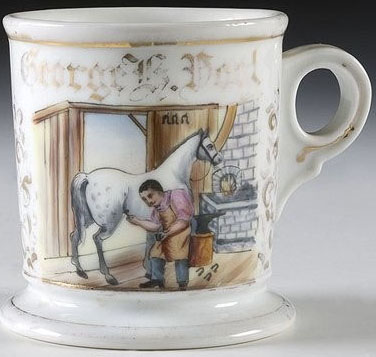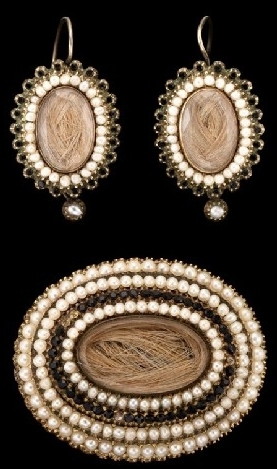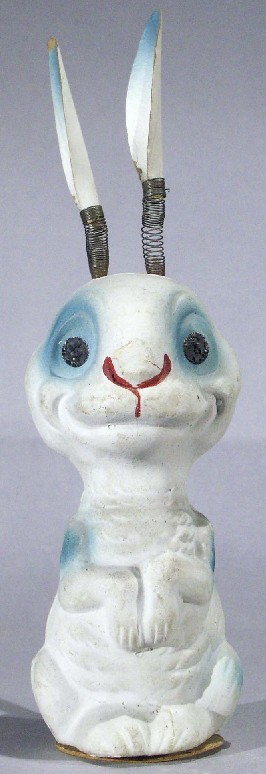
Confederate General Stonewall Jackson's Civil War mess kit - fake?
Some of the things antique collectors worry about most are fakes and forgeries, and with good reason – they’re all over the place! Forgeries – altered documents, forged signatures and fake documents – are probably the most common, but fakes – recast objects and fake paintings and decorative objects – are becoming more “popular,” especially in the area of Asian carvings and porcelain, where labor is cheap and the materials and techniques have not changed greatly over millenia.
Aside from a fake made by creating an entirely new object, the kind of thing done when someone buys an old factory mold and starts recasting an object long out of production, many fakes are just the result of careful “additions.” In some cases, it’s simply a matter of the judicious addition of a fake stamp, as is alleged to have happened with this Gorham silver piece that someone tried to make over as Faberge. Another example is this old padlock, allegedly from the Winchester Firearms Factory. Most likely, this was simply an old padlock with a plaque added, and fear that a similar technique had been used kept the mess kit pictured above, purportedly owned by famed Confederate General Thomas “Stonewall” Jackson, from selling. Proof of provenance can ease fears, but with document forgery as easy and commonplace as it is, some concerns can never been resolved.
Fortunately, with many forgeries, historians and scholars have had decades to develop methods of identifying them. Even more interesting, in a few cases, forgeries have been skillful enough or extensive enough or just bizarre enough to acquire value in their own right. Forgers like Robert Spring, who specialized in historical figures like George Washington and Stonewall Jackson, and Eugene Field II, who came to forgery by faking inscriptions in his father’s library of books, would probably find it ironic that their efforts are now clearly identified and collected as forgeries. (You can read more about Spring and Field in our reference notes.) Sadly, forgers like Mark Hofmann have been hard at work in the 20th century, and with the full extent of their crimes as yet unknown, the historic documents market can be a tricky place for beginners.
Not every fake was intended to deceive. Often, at some point in an object’s history, quality reproductions were offered, and the reproduction part of the story got lost somewhere along the way. This is especially common with paintings and works on paper that were easily reproduced with high-quality mechanical processes and sold at one time to tourists as exactly what they were. One hundred years later, someone’s just lost that part of the family story. Usually, some careful research and a few conversations with experts can clarify any questions, so as always, know exactly who you’re buying from and exactly what you’re buying!
-Hollie Davis, Senior Editor, p4A.com








